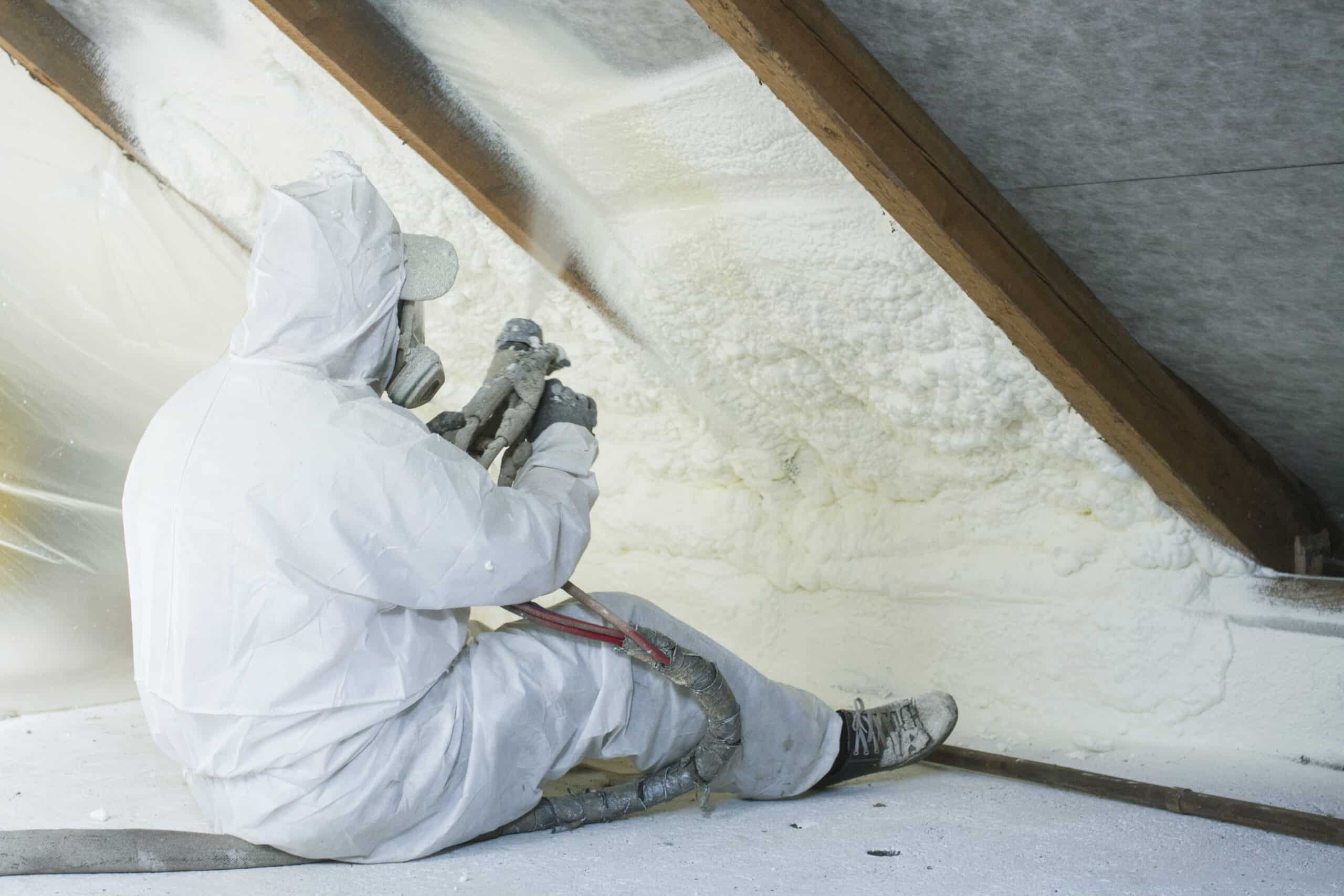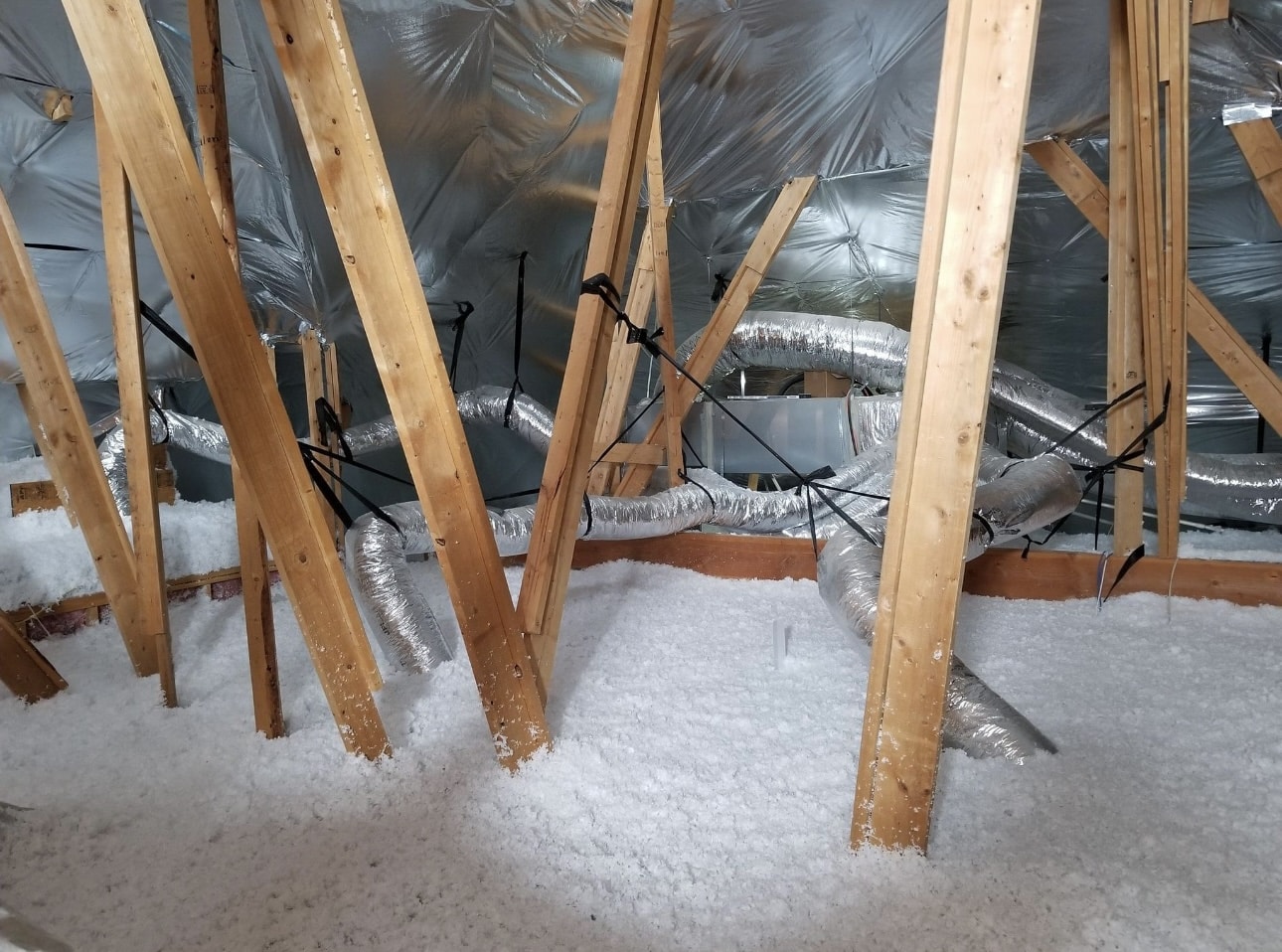The Ultimate Guide To Green Attics
Table of ContentsThe Buzz on Green AtticsGetting My Green Attics To WorkGetting My Green Attics To WorkGreen Attics Things To Know Before You BuyThings about Green AtticsNot known Incorrect Statements About Green Attics
Published by Solution Champions Cooling BlogWhen you turn on your heating, you desire it to stay inside your home - Attic insulation. Powering up the heating triggers the heat to increase straight up into your attic. It's then up to your attic room insulation to do its job and block the heat from escapingSo, it's apparent that you need to invest your time and money into protecting your home, but what attic room insulators are available for you to select from? Which attic insulation is ideal? And what are the potential dangers of each of them? This post will certainly outline the 4 kinds of attic insulation you can choose from, plus dive into the benefits and drawbacks of each.

How Green Attics can Save You Time, Stress, and Money.
Why is fiberglass batt insulation so popular? It's many advantages consist of: As an entire, fiberglass is substantially environmentally friendly.
Fiberglass batt insulation hardly ever reduces or collapses. This is due to the air pockets that take place in manufacturing. Fiberglass batt insulation is additionally soundproof, aiding lower external noises and keep internal sound inside the home.

Fascination About Green Attics
If moisture is absorbed by the fiberglass batt insulation, it can breed hazardous mold. Rats and other undesirable guests enjoy fiberglass batt insulation, and typically make it their home. Rodent invasions are an actual possibility. If you like the idea of fiberglass but aren't keen on making use of batts, then blown-in fiberglass may be the way forward for you.
When using the blown-in method, it loads the attic better, guaranteeing it's air-tight. As a result, it fills any fractures or voids, also in unpleasant areas. This lowers the amount of hot air getting away and cold air getting in. It also catches audio. The blown-in distribution approach is much quicker. It takes an issue of hours to obtain your attic insulation up and running.
After the insulation has actually worked out, it's proven that the R-Value lowers. It requires a lot more maintenance than various other sorts of attic room insulation on our listing. Must the insulation obtain damp, getting rid of the insulation isn't as very easy as removing fiberglass batts. You'll require to choose all of it up, while using handwear covers, and remove it gradually.
This attic insulation is likewise blown-in using a blowing equipment, however the material utilized is various. Boric acid and various other compounds are used to flame-proof the attic insulation.
4 Simple Techniques For Green Attics
(https://www.40billion.com/profile/727897088)
Is blown-in cellulose insulation worth it? Here's what it can supply your family: Essentially, blown-in cellulose is better for the world. With cellulose being made from totally recycled material, there's no need to produce new material. Reusing this is environmentally friendly. The boric acid and other substances help to flame proof the insulation and reduce the spread of fires.
Blown-in cellulose insulation has an R-Value that is 23 percent greater than fiberglass batts. Cellulose also helps lower wind-washing. What are the disadvantages of mounting blown-in cellulose insulation in your attic room? Right here are the drawbacks: Cellulose is environmentally friendly, however the further materials that are added are not. Boron is called for to create boric acid, and the mining process that mines boron is damaging to the atmosphere.
Cellulose likewise doesn't mix well with fluid. Must it come to be wet, mold can grow rapidly and spiral unmanageable. Fixing this circumstance can be labor and time intensive, as you'll need to get the insulation bit by bit, as opposed to in one roll. The last type of attic insulation is spray foam insulation.
The 5-Minute Rule for Green Attics
Unlike all the various other kinds of attic room insulation, spray foam insulation is the only type ahead as a liquid. After being sprayed, it thickens and expands, and afterwards establishes as a resilient foam. This foam slides neatly into any kind of voids, locking closed, and cuts off any kind of escape routes for your home heating.
What are the drawbacks of spray foam insulation?: The upfront payment for spray foam insulation is greater than the other types of attic insulation on our list. It's worth thinking about that, due to high levels of power performance, it'll likely stabilize out or even become less costly in the long-run to maintain your home warm.

A Biased View of Green Attics
Wonderful care requires to be taken around the foam, and you'll require to wear safety glasses, a mask, and a respirator. With 4 types of attic room insulation and their pros and disadvantages, you're currently able to make a notified choice, knowing the advantages and disadvantages to each. That's why I can say with confidence that the finest method to shield my attic is with low-cost cellulose or fiberglass insulation used over a closed attic room flooring.